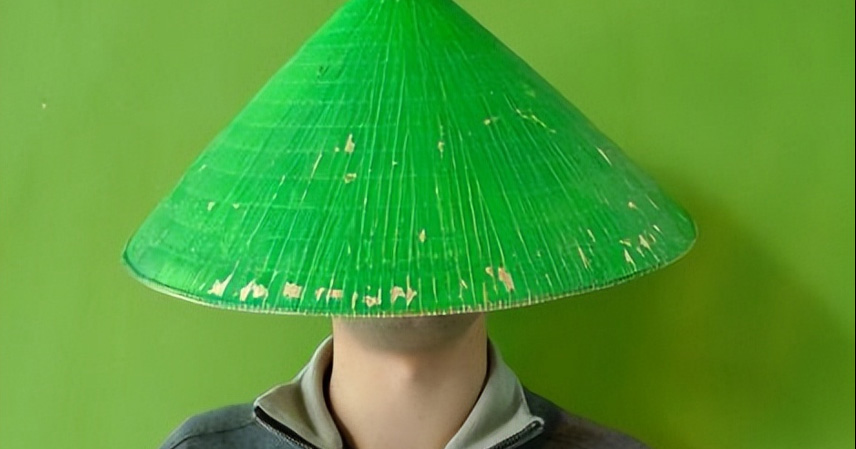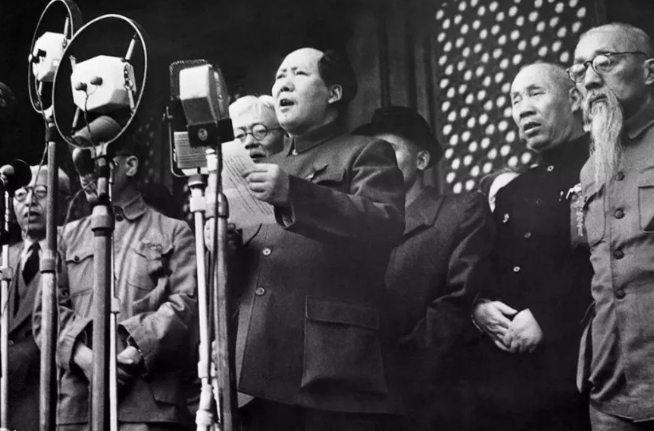The term “green hat” in Chinese culture carries a unique social stigma, commonly associated with a man whose spouse is unfaithful. Its origins, however, are far older and more nuanced than the modern meaning implies.
Historical Origins
During the Spring and Autumn period, certain men faced financial hardship and had their wives or daughters work in prostitution to support the family. To mark their social role, these men wore green headscarves, serving primarily as an identity indicator rather than a symbol of shame.
By the Tang dynasty, wearing a green headscarf began to be linked to low social status. Classical literature, including Li Bai’s poem Ancient Style, refers to the “green turban” to denote humble social standing.
In the Yuan dynasty, regulations required male relatives of prostitutes to wear green or blue headscarves, reinforcing the association between the color and particular social roles.
During the Ming dynasty, Emperor Zhu Yuanzhang mandated that men with prostitutes in their households wear green headscarves along with red waist cloths. Since prostitution often involved contact with other men, wearing a green headscarf gradually became a symbol of a husband’s humiliation.
Folk Tales and Social Reinforcement
Popular folklore further cemented this idea. One tale tells of a wife who secretly had an affair while her husband was away. She made him a green hat for protection from wind, but it secretly acted as a signal for clandestine meetings. Such stories popularized the association between green hats and spousal infidelity.
Modern Interpretation
Today, in China, being “given a green hat” is widely understood as being cuckolded. The term carries a deep sense of shame and social stigma, reflecting the historical evolution of this cultural symbol.
Cross-Cultural Perspectives
Interestingly, the meaning of green hats differs across cultures:
- Western countries: Often associated with St. Patrick’s Day, symbolizing celebration and bravery.
- Vietnam: Green hats signify family prosperity and fertility, unrelated to infidelity.
The transformation of the green hat illustrates how cultural symbols can evolve, from an identity marker to a derogatory emblem of unfaithfulness, shaped by historical events, regulations, and folklore.
References:
- Lang Ying, Qixiu Leigao
- Li Bai, Ancient Style Poetry
- Historical accounts from Ming and Yuan dynasty regulations



